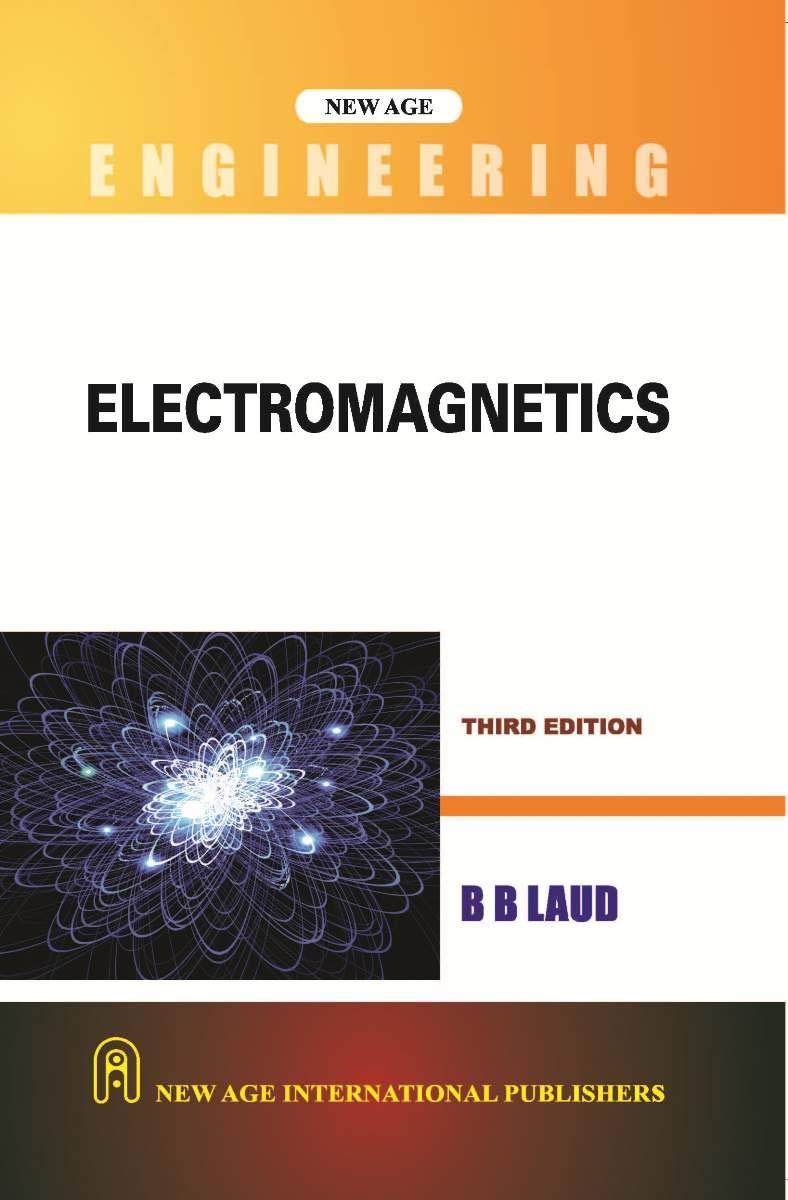Answered step by step
Verified Expert Solution
Question
1 Approved Answer
Standing Waves Wave Speed 1) Set the tension to medium setting, and the ending (upper right corner) to no end. Damping should be ''none. Choose
| Standing Waves | ||||||||||||
| Wave Speed | ||||||||||||
| 1) Set the tension to "medium" setting, and the ending (upper right corner) to "no end". | ||||||||||||
| Damping should be ''none". Choose "oscillate" for wave generation. | ||||||||||||
| 2) (1 pt) What is the formula that relates wave speed to frequency and wave speed? Specify below. | ||||||||||||
| 3) (5 pt) For three different values of frequency, measure the wavelength and calculate the wavespeed. | ||||||||||||
| Record all values in the table below. Specify the units for each variable in provided parentheses. | ||||||||||||
| Frequency ( ) | Wavelength ( ) | Wave speed ( ) | ||||||||||
| 4) Does wave speed depend on frequency? Explain based on your results above. | ||||||||||||
| 5) (5 pt) Set the tension to "high" setting, repeat step (3). | ||||||||||||
| Frequency ( ) | Wavelength ( ) | Wave speed ( ) | ||||||||||
| 6) (2 pt) Does wave speed depend on tension? How? Explain comparing your results from steps (3) and (5). | ||||||||||||
| 7) (3 pt) How is wave speed related to tension exactly? | ||||||||||||
| Explain by referring to the formula we saw in class. Is it compatible with your answer to step (6)? | ||||||||||||
| Standing Waves | ||||||||||||
| 8) Keep the tension at high setting, and set ending to "fixed end". We will first create standing waves with both ends fixed. | ||||||||||||
| 9) (2 pt) On a sheet of paper, draw a diagram showing the standing wave with the longest wavelength possible. | ||||||||||||
| Label the node(s) and antinode(s) clearly. Show the wavelength on the sketch. | ||||||||||||
| 10) (2 pt) What is the wavelength equal to? Explain your reasoning clearly below. | ||||||||||||
| 11) (3 pt) Using your answers to steps (5) and (10), calculate the frequency necessary to create this standing wave. Show your calculations below. | ||||||||||||
| 12) Set the amplitude equal to 0.05 m. We want to use a small amplitude from the oscillator, | ||||||||||||
| because the resulting amplitude will grow significantly at frequencies corresponding to standing waves. | ||||||||||||
| 13) (3 pt) Bring the frequency value to the one you calculated at step (11) and see if you get a standing wave as expected. | ||||||||||||
| It may take a few oscillations for the wave to settle. Use the arrows to fine tune the frequency to get the maximum amplitude. | ||||||||||||
| Have your instructor check your work at this point. If you can't obtain the expected standing wave, ask your instructor for help. | ||||||||||||
| 14) (4 pt) Calculate the next two frequencies and corresponding wavelengths. Show your calculations below. | ||||||||||||
| 15) (4 pt) On the same sheet of paper, draw the standing wave diagrams corresponding to the frequencies in step (14). Label both diagrams as described above. | ||||||||||||
| 16) (6 pt) Adjust the frequency settings to obtain the standing waves you sketched in step (15) and have your instructor check your results. | ||||||||||||
| 17) (Extra credit - 5 pt) Find the longest wavelength standing wave for the flexible end arrangement. | ||||||||||||
| Show your calculations below, add the corresponding sketch to your diagrams, and have your instructor check the simulation result. | ||||||||||||
| 18) Go to Canvas > Assignments > Laboratory > Lab 3. Submit this file, and your hand-drawn diagrams. | ||||||||||||
Step by Step Solution
There are 3 Steps involved in it
Step: 1

Get Instant Access to Expert-Tailored Solutions
See step-by-step solutions with expert insights and AI powered tools for academic success
Step: 2

Step: 3

Ace Your Homework with AI
Get the answers you need in no time with our AI-driven, step-by-step assistance
Get Started


